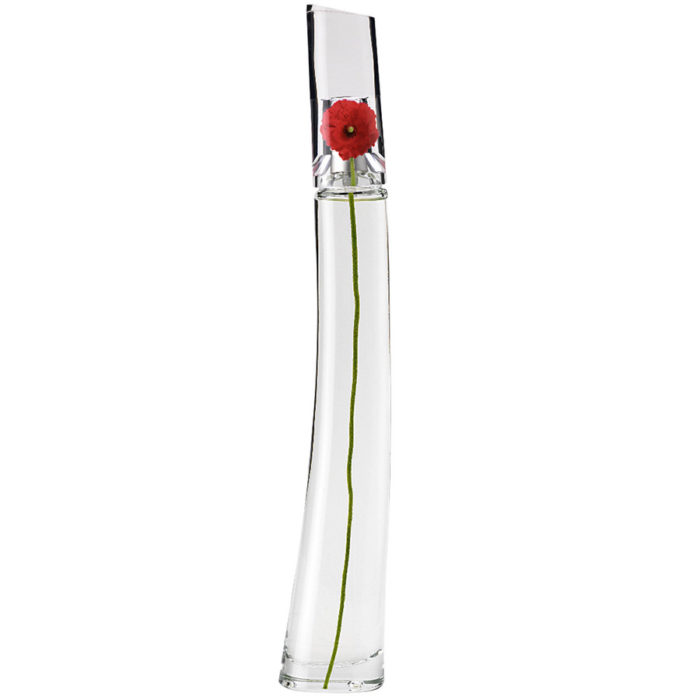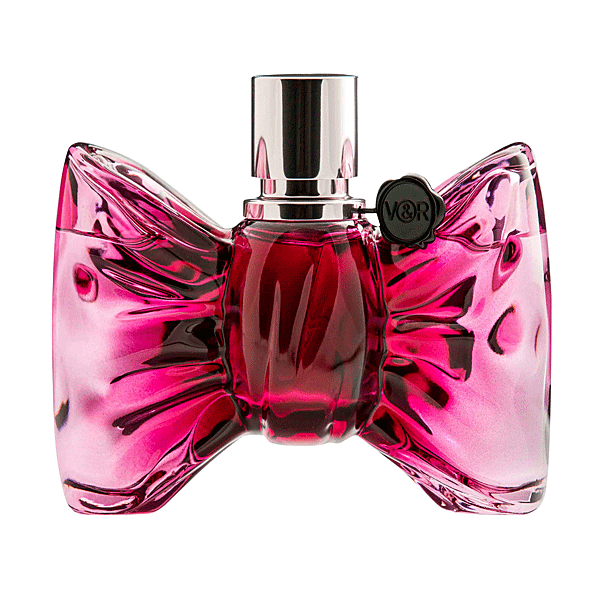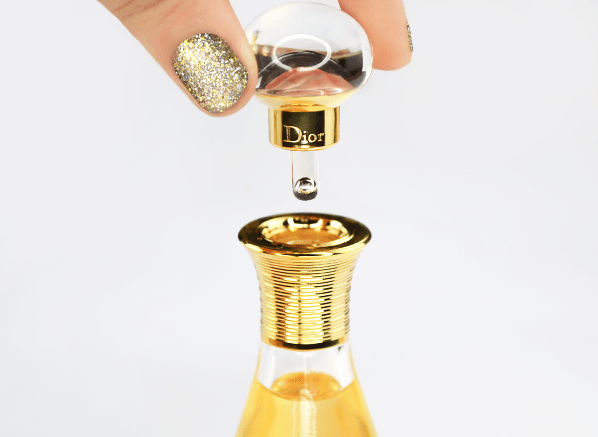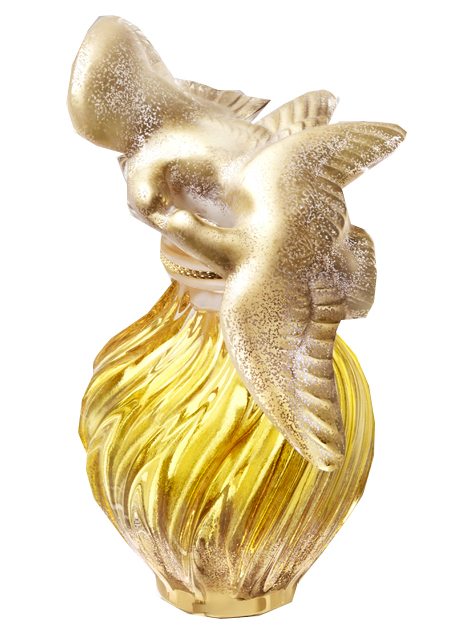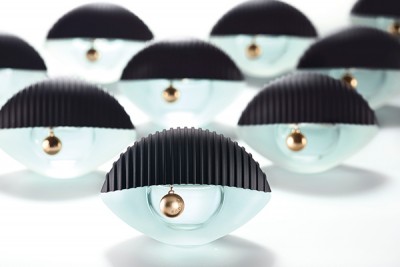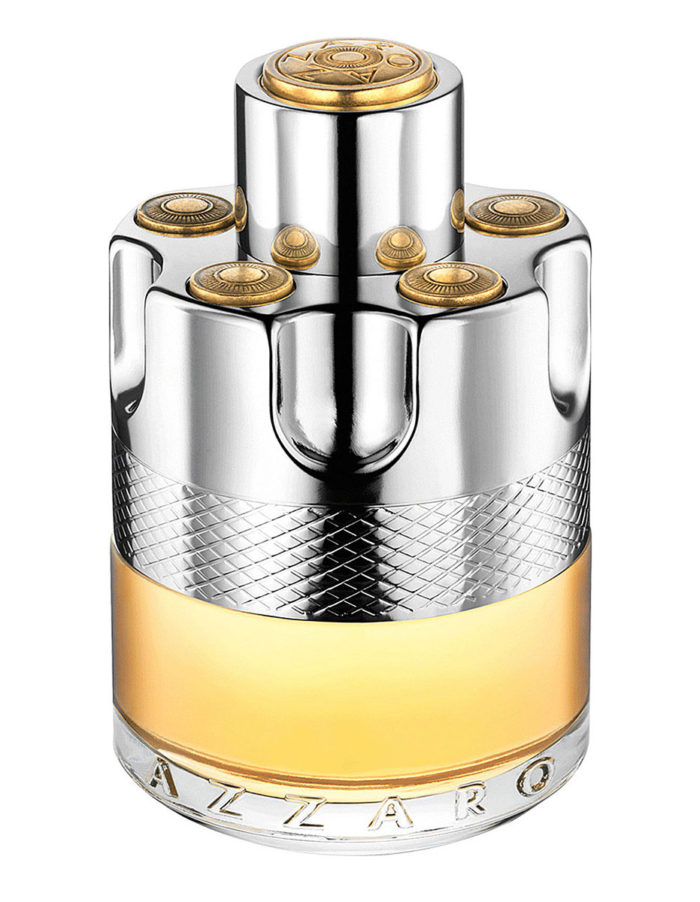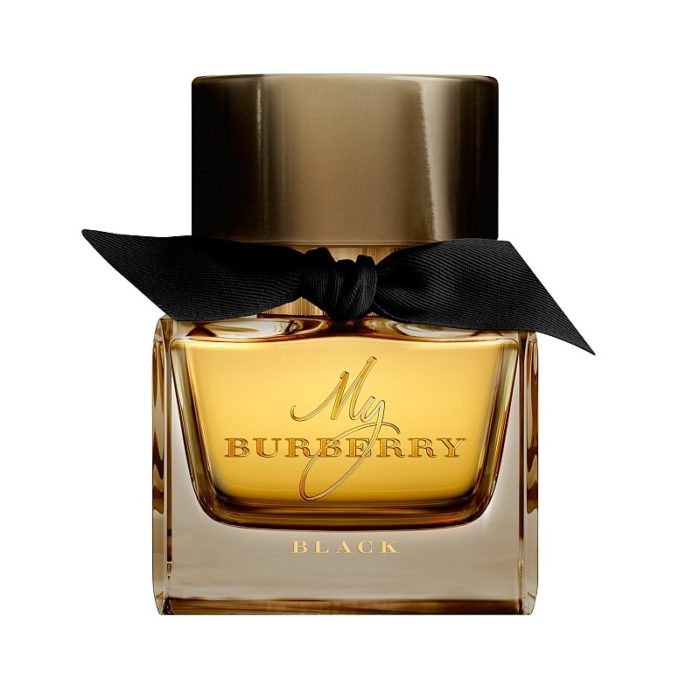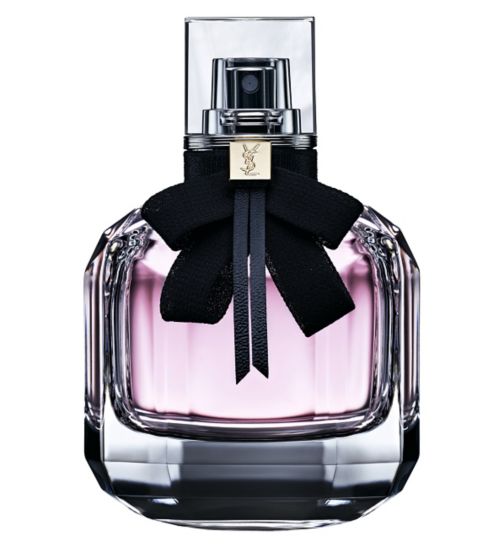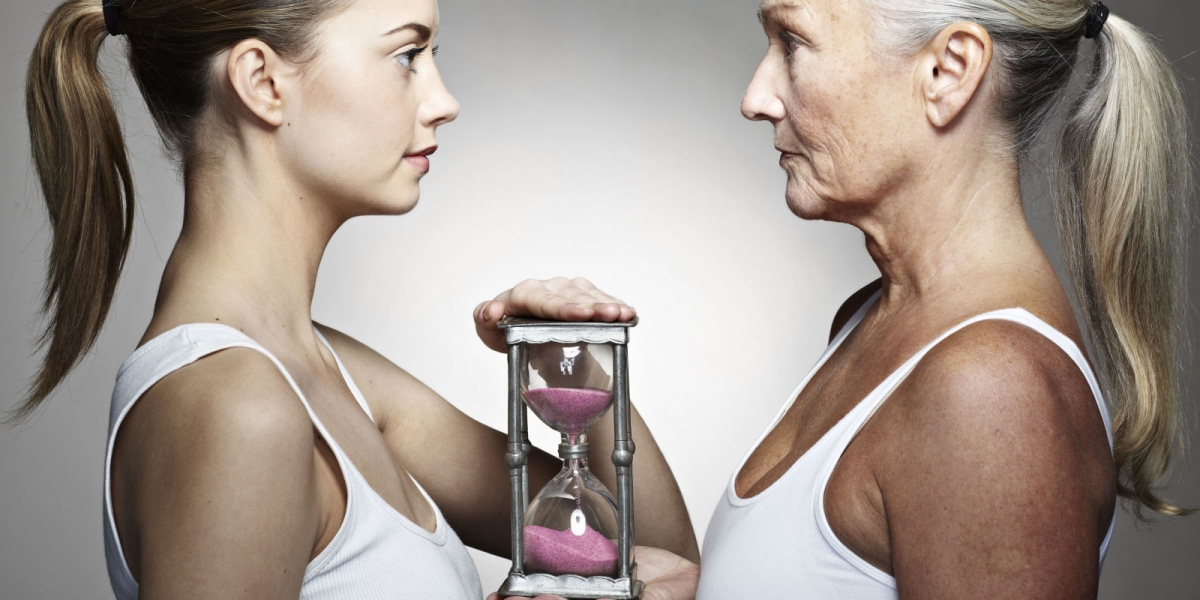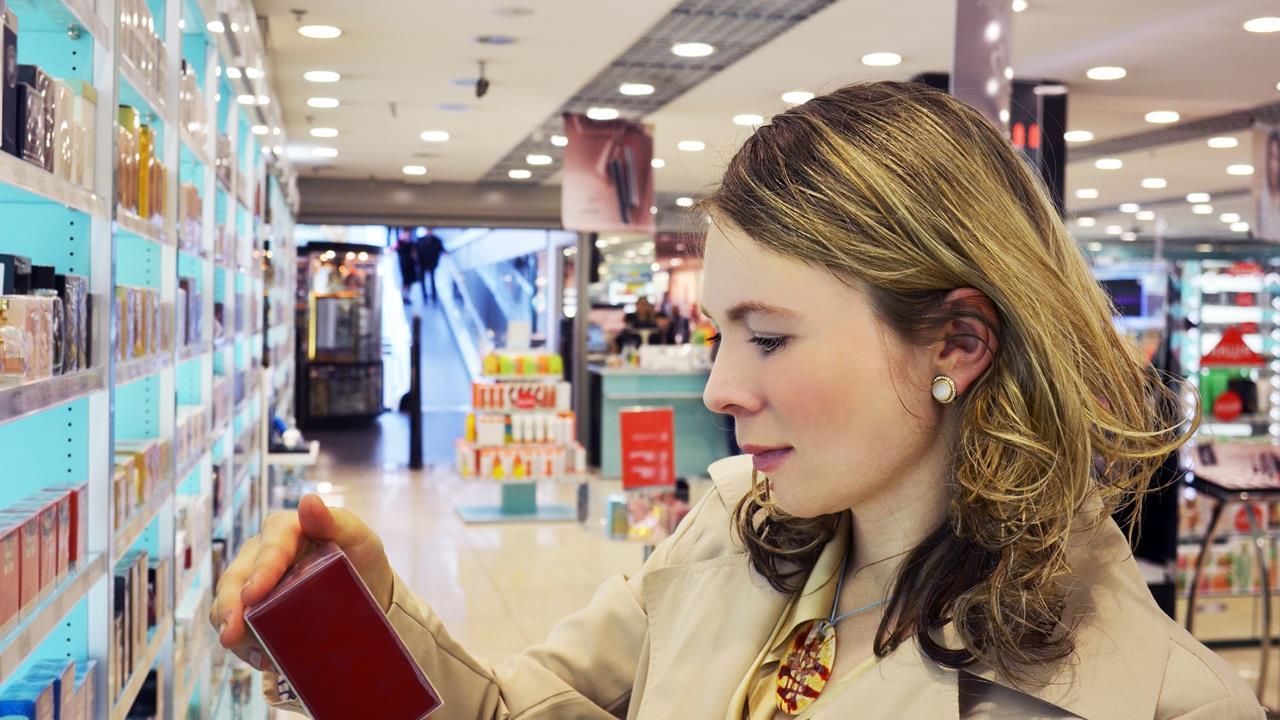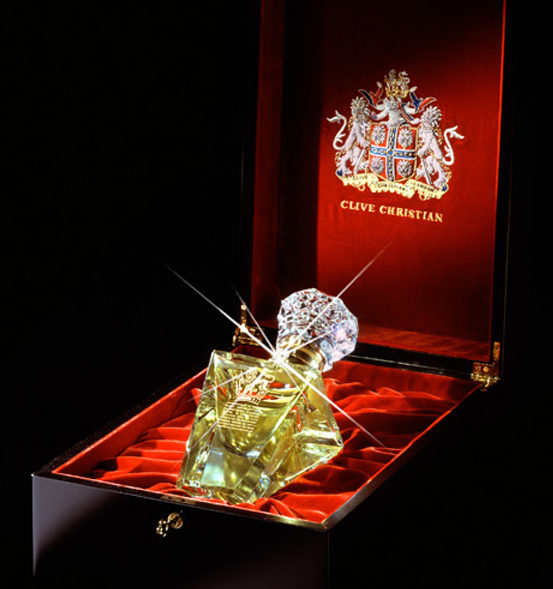
The appearance of each component of perfume packaging is never accidental. It is the outcome of the teamwork of many specialists who conduct a number of analyses, tests and calculations during the product creation process – all this to make sure that the perfume packaging, that is the bottle, the cap, the spray nozzle and the outer packaging, form a harmonious, functional whole, meeting the customer’s expectations and perfectly complementing the fragrance captured in the flacon.
Bottle
This is a packaging component with which perfumes are in continuous and direct contact. As a result, the manufacture of bottles requires neutral raw materials which will not interact with the contents. The right qualities in this respect characterise glass, which is additionally a malleable, mouldable material, yielding to various forms of processing (sanding, engraving, colouring), and as such – is popular with designers. Even though the specific nature of glass imposes certain limitations in terms of design, it permits obtaining fanciful and technically challenging forms, as demonstrated by the bottles designed for Carolina Herrera Good Girl, Kenzo Flower, Jean Paul Gaultier and Viktor & Rolf Bonbon perfumes.
Spray nozzle
Invented at the end of the 19th century, the spray nozzle represents the functional part of perfume packaging. A spray nozzle works based on pressure difference – once you press the piston, the substance contained in the bottle is pushed out through the tube and is sprayed in the air in the form of tiny droplets. Spray nozzles are practical, user-friendly and hygienic. They also prevent perfumes from spilling or losing their fragrance. And even though the market position of spray nozzles seems unshakable, designers keep exploring new possibilities in this field as well. Some interesting concepts include Note – a transparent applicator filled automatically with a drop of perfume whenever the cap is taken off. It was presented to the world in 2015 and until recently it was reserved exclusively for Dior J’Adore Touche de Parfum.
Cap
This element of a perfume packaging has a dual function as it serves both practical (it secures the nozzle against accidental pressing) and aesthetic (it is the crown of the product) purposes. Caps are made of various materials – wood, glass, steel or various plastics, and the novelties that keep popping up on the market show that today their form is only limited by the designer’s imagination. Notable examples of caps include those designed for L’Air du Temps (Nina Ricci) perfumes, shaped as doves captured during flight. There are also exciting gun chamber-shaped caps made for Lazzaro Wanted fragrance for men, caps for the Portraits (Penhaligon’s) collection inspired by hunting motifs or caps for Grace perfumes for women (a sphere-shaped Surlyn cap with two protruding points on top, resembling a cat – the design was called “me-wow”).
Grace Coddington Grace for women
Outer packaging
This is just as important as the bottle it contains. The outer packaging is often responsible for invoking the customer’s desire for the product, triggering the impulse leading to exploration of the other elements, i.e. the bottle, the cap and the fragrance. The outer packaging is made of a variety of materials. Designers reach for embossed and gilded paper boxes as well as for metal cans, creating a product consistent with the nature of the fragrance and made of high-quality raw materials. Current trends involve elegant simplicity, the desire to stimulate the buyer’s senses (through colour, texture) and use of environmentally safe materials. All this is represented by the new Kenzo World fragrance, with many layers of embossments and thermal printing.
Other elements
Aside from the already listed basic perfume packaging elements, the product may be complemented by other details as well. Examples include the black cotton ribbon in My Burberry Black, the chiffon bow in YSL Mon Paris or the galvanised piece of jewellery in the hue of pink gold decorating the Kenzo World bottle.
Powrót do listy artykułów


